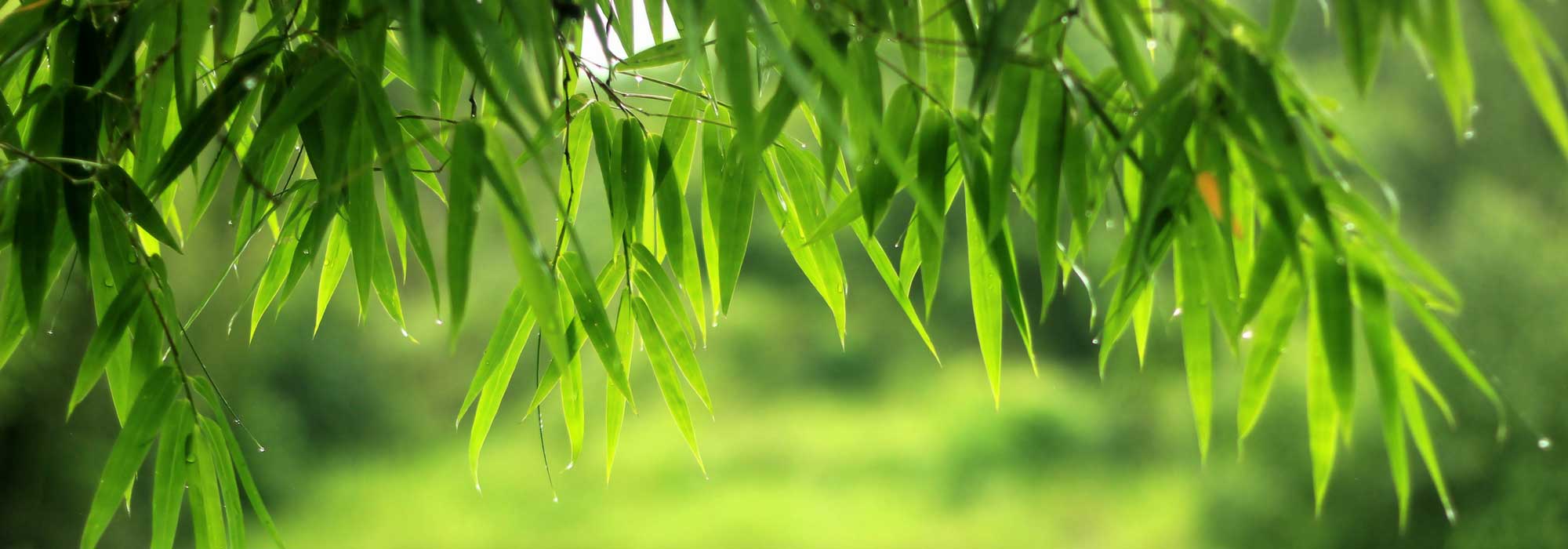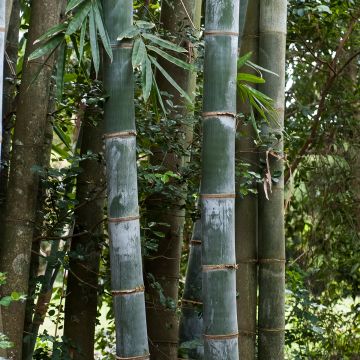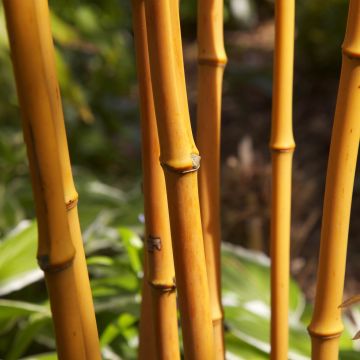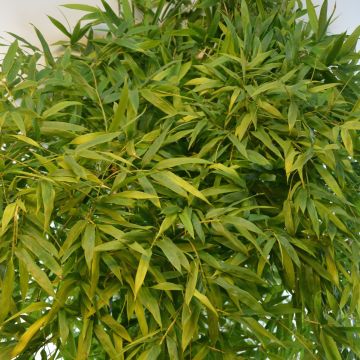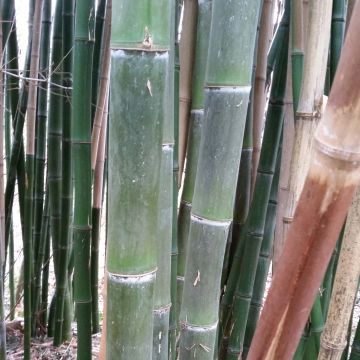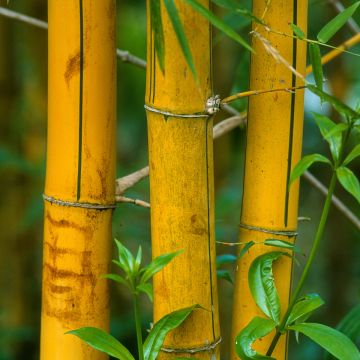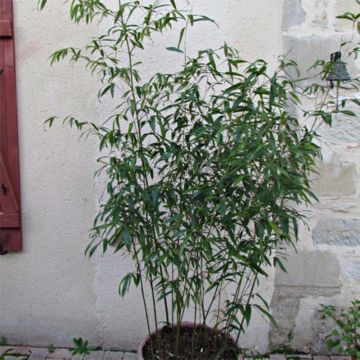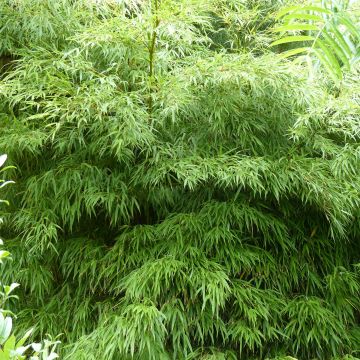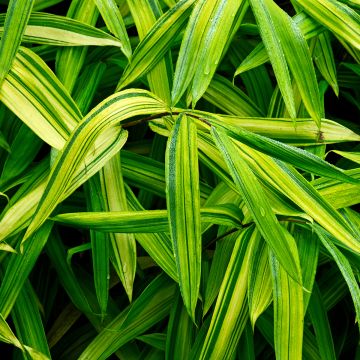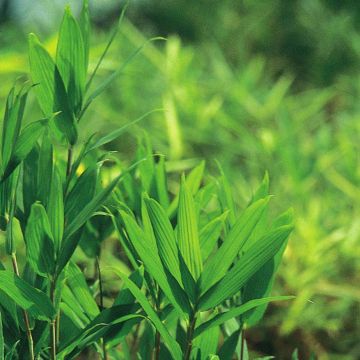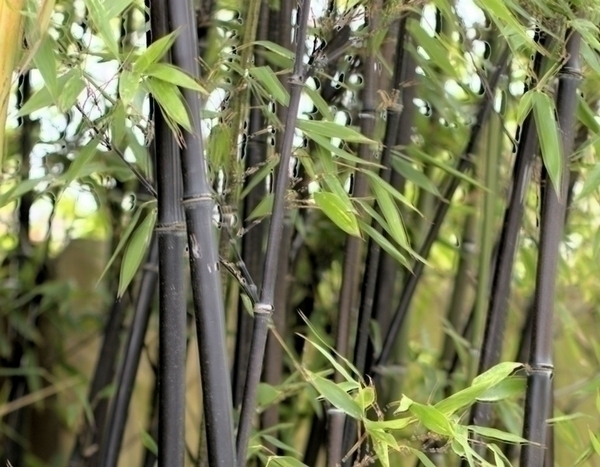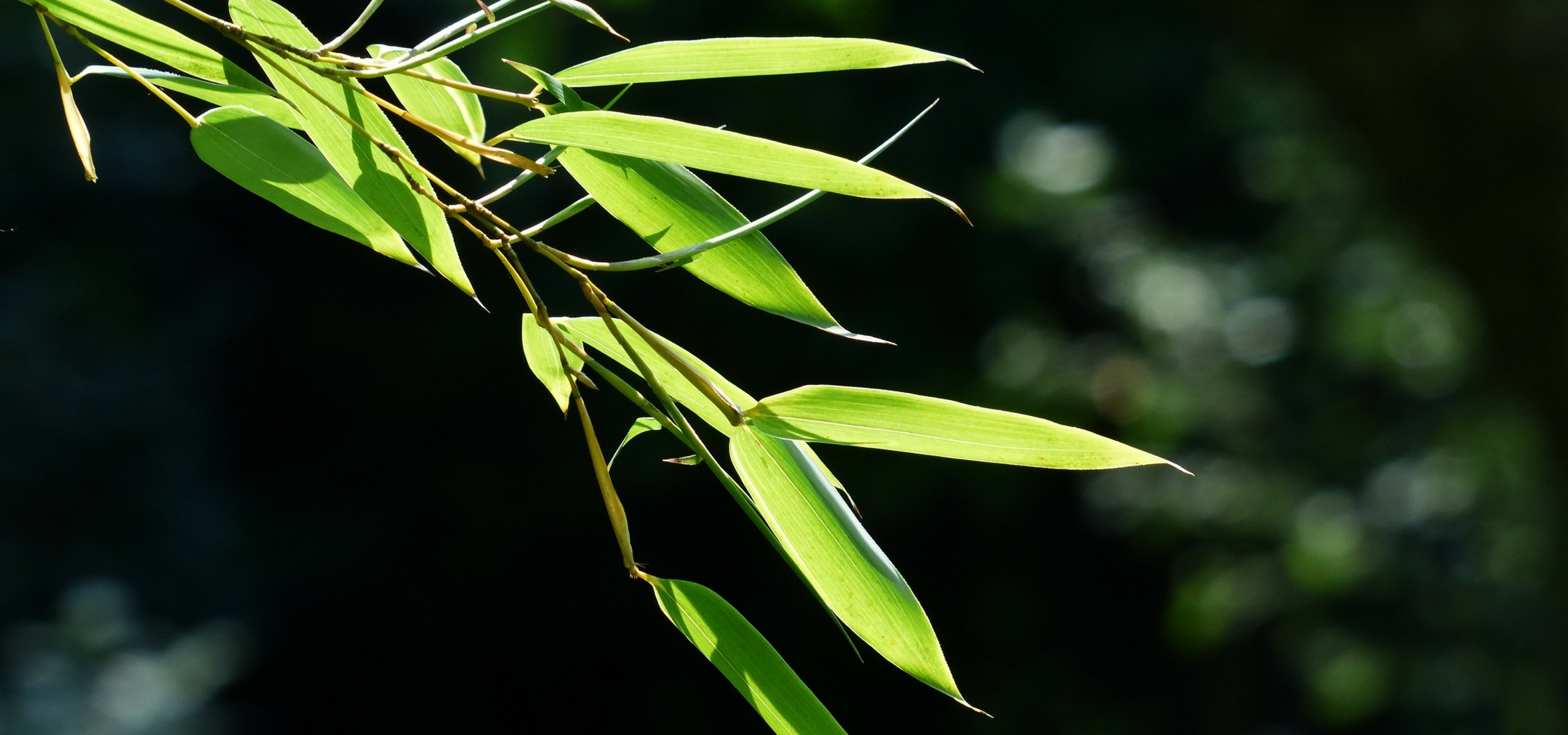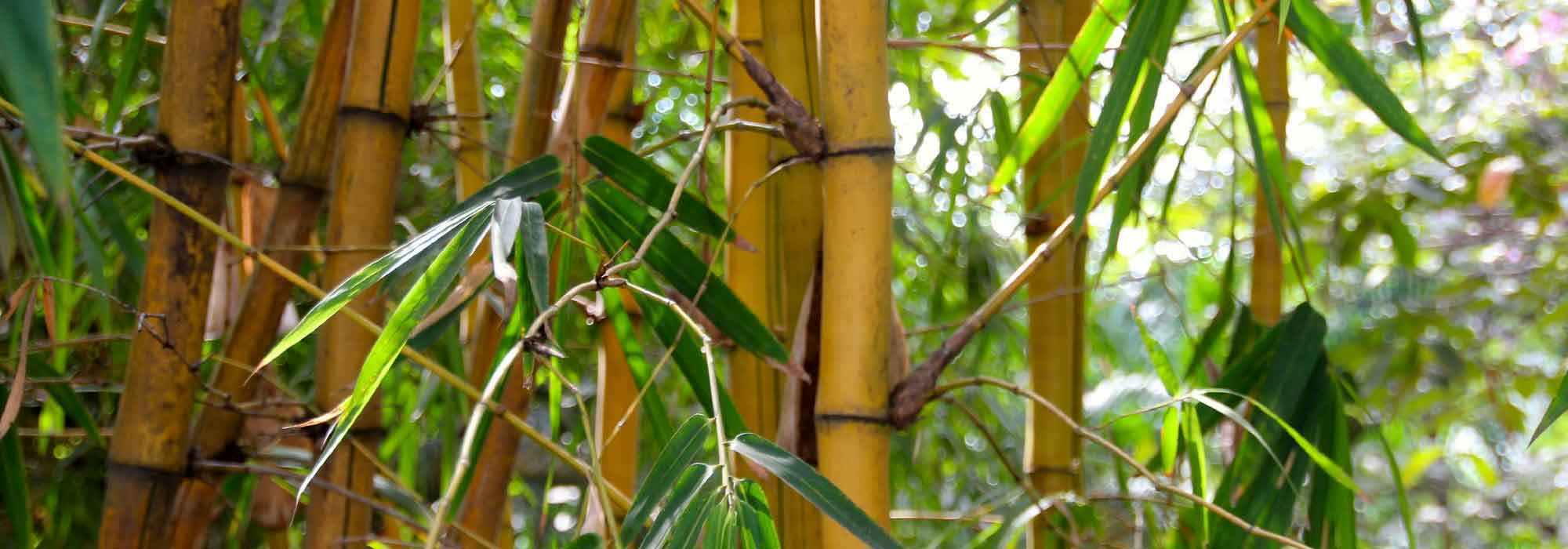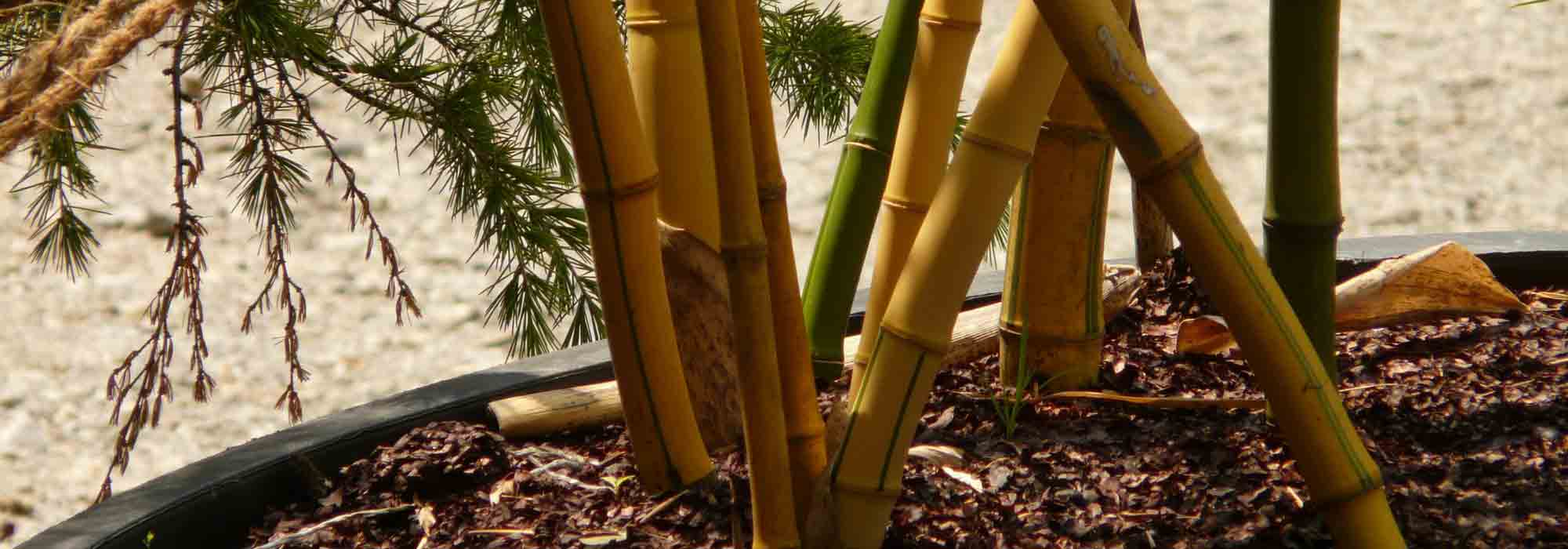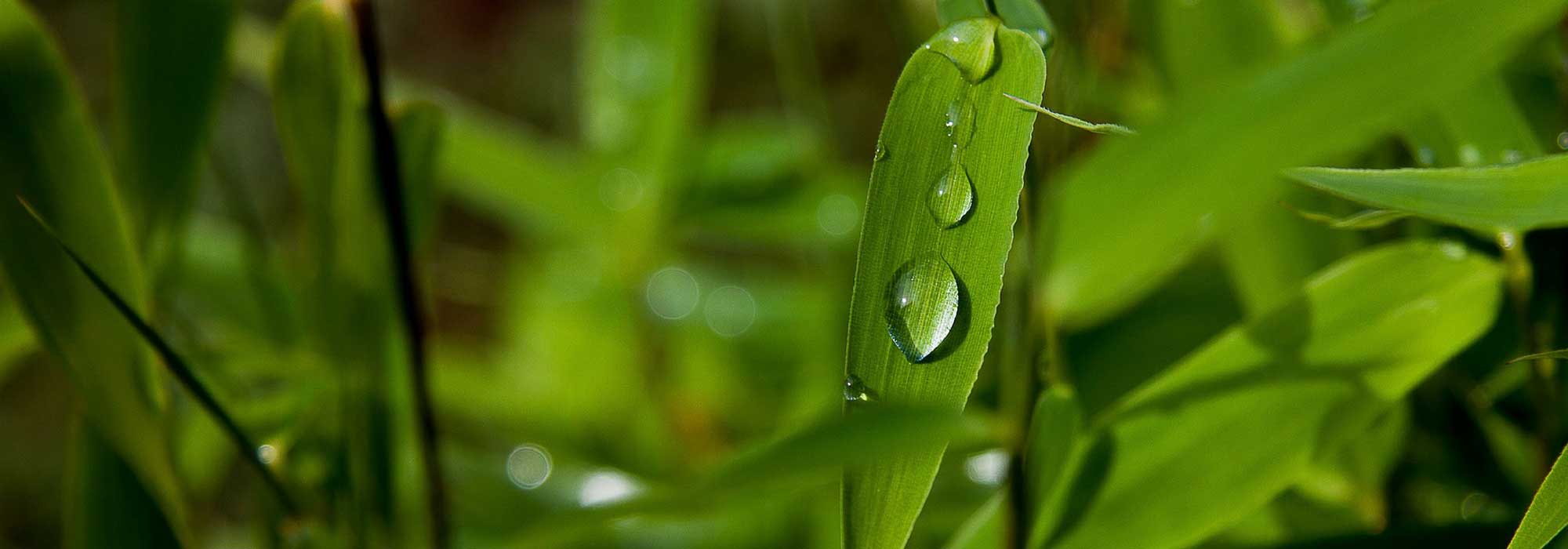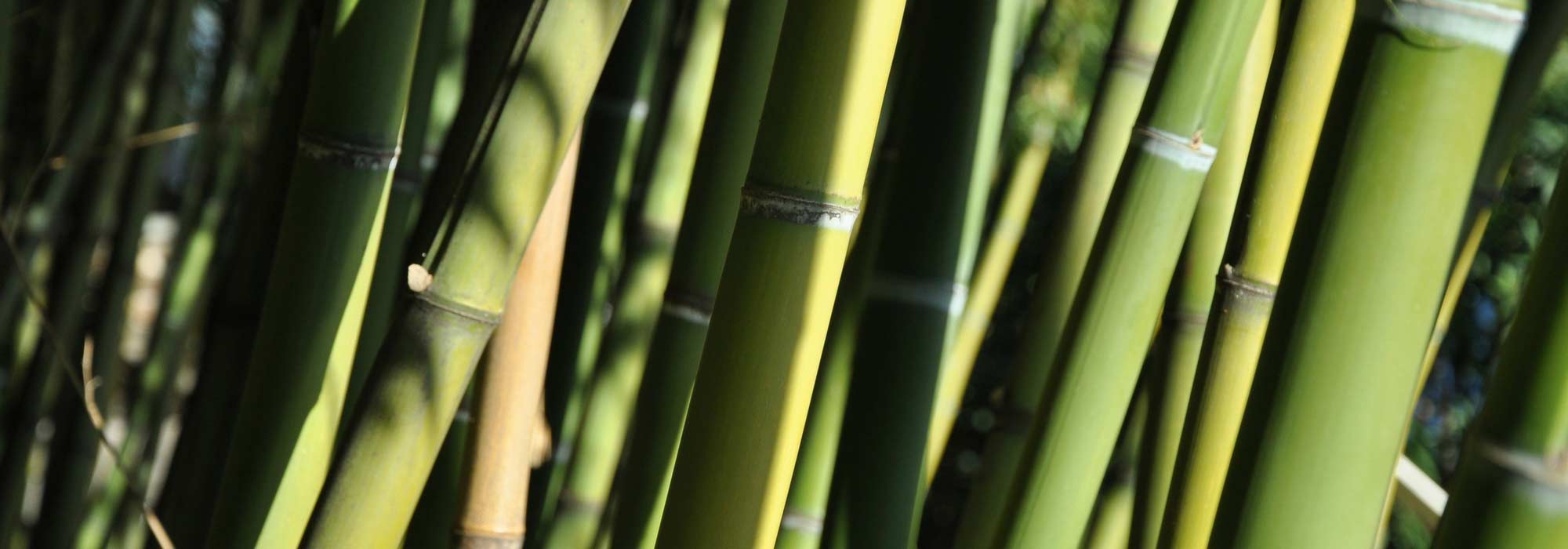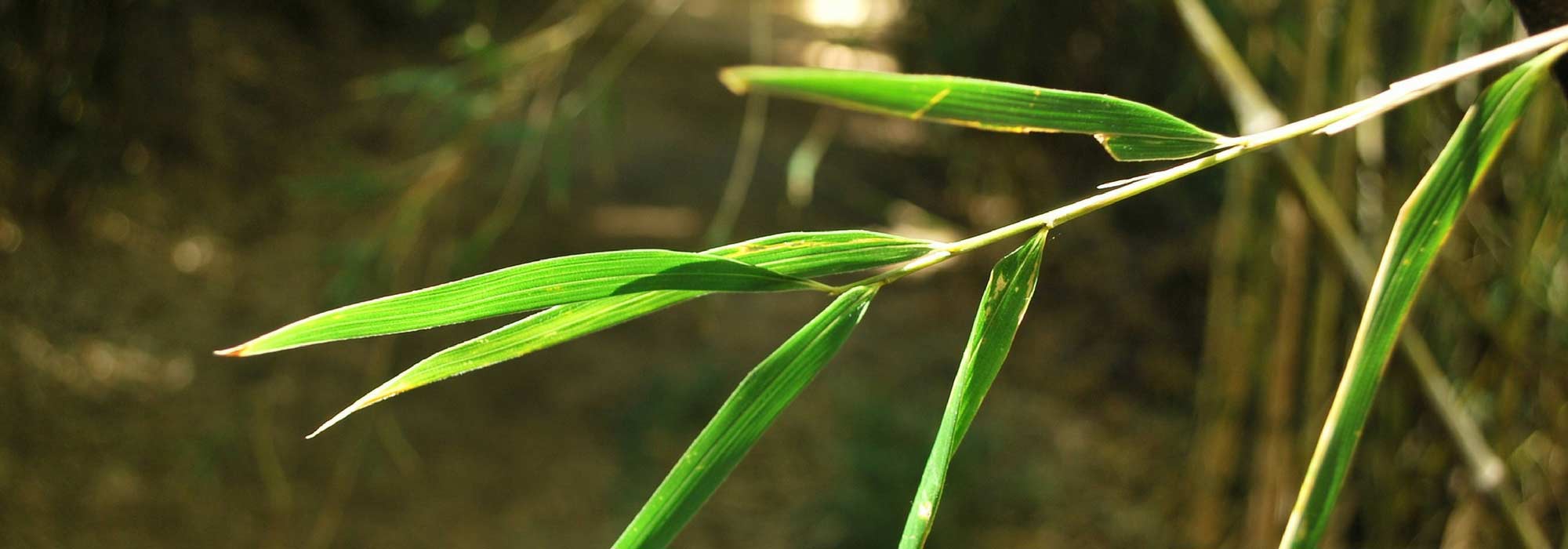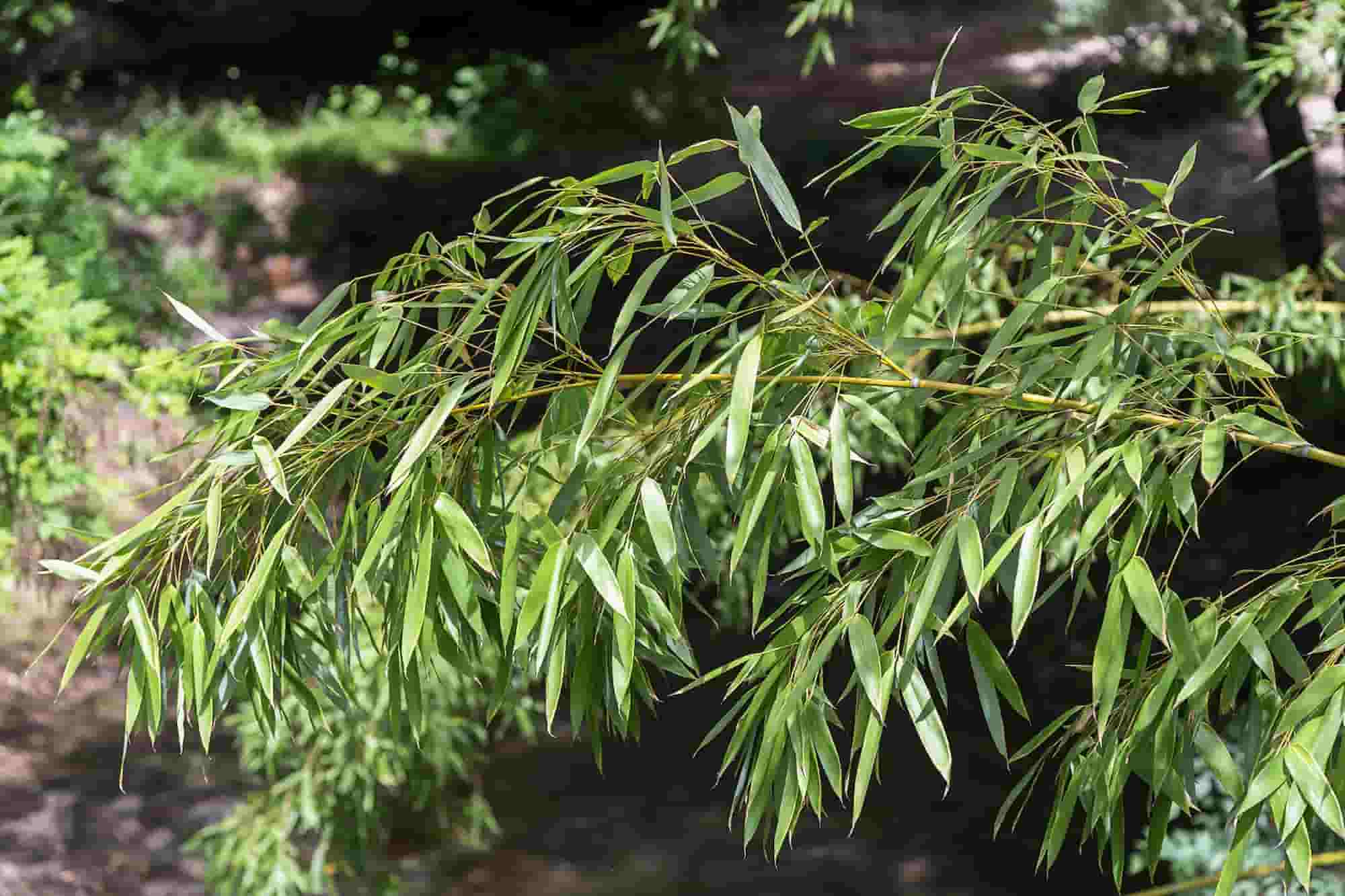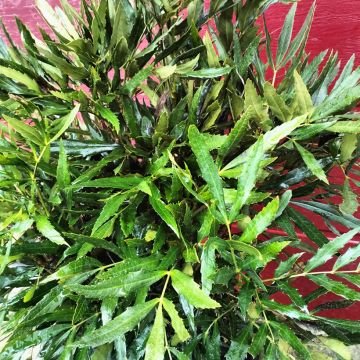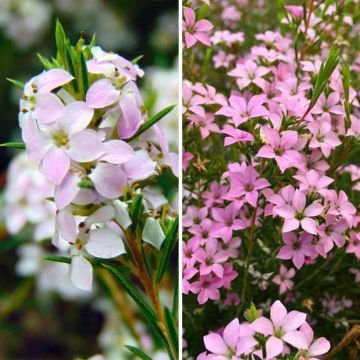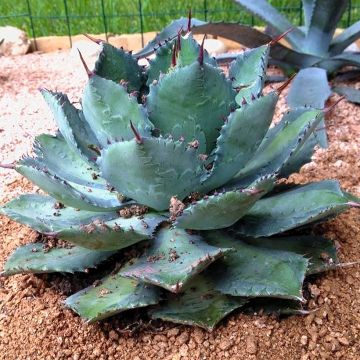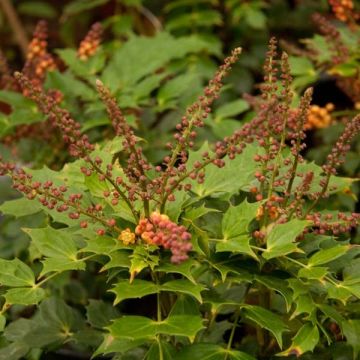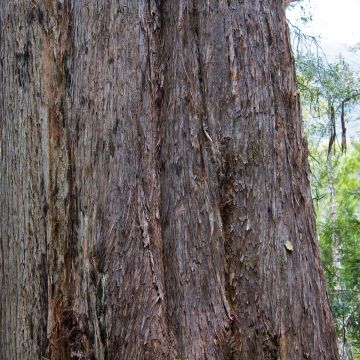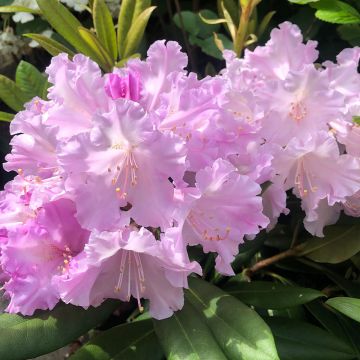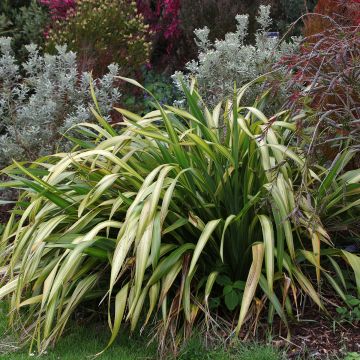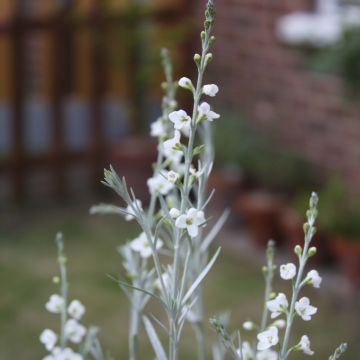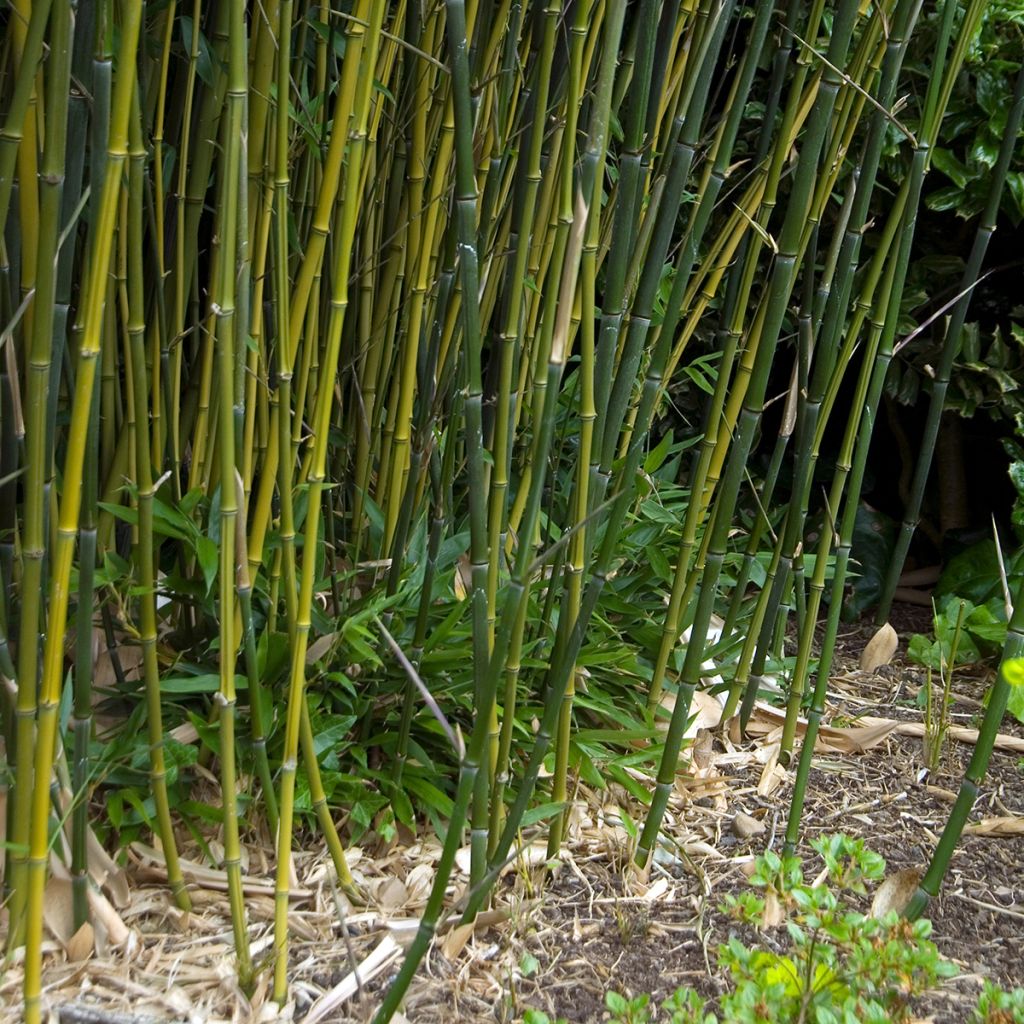

Phyllostachys bissetii - Bamboo
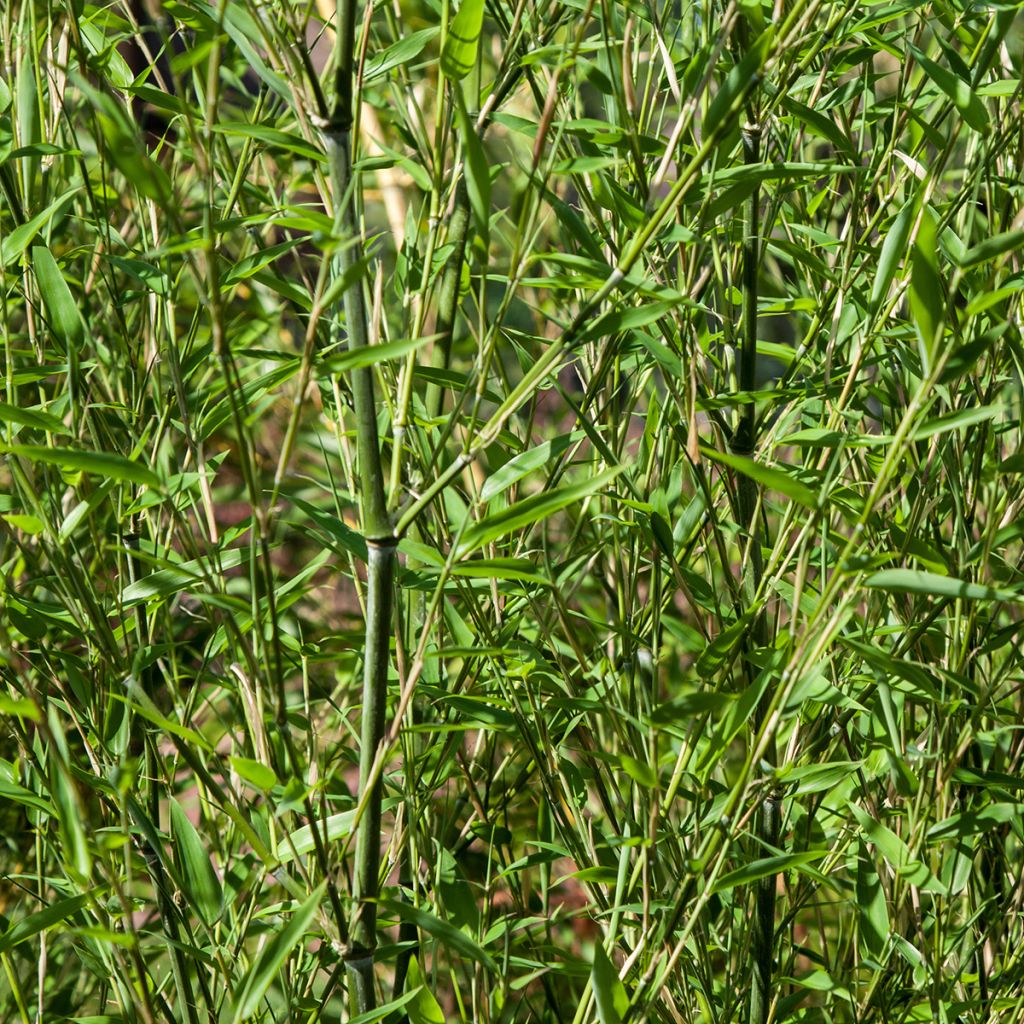

Phyllostachys bissetii - Bamboo
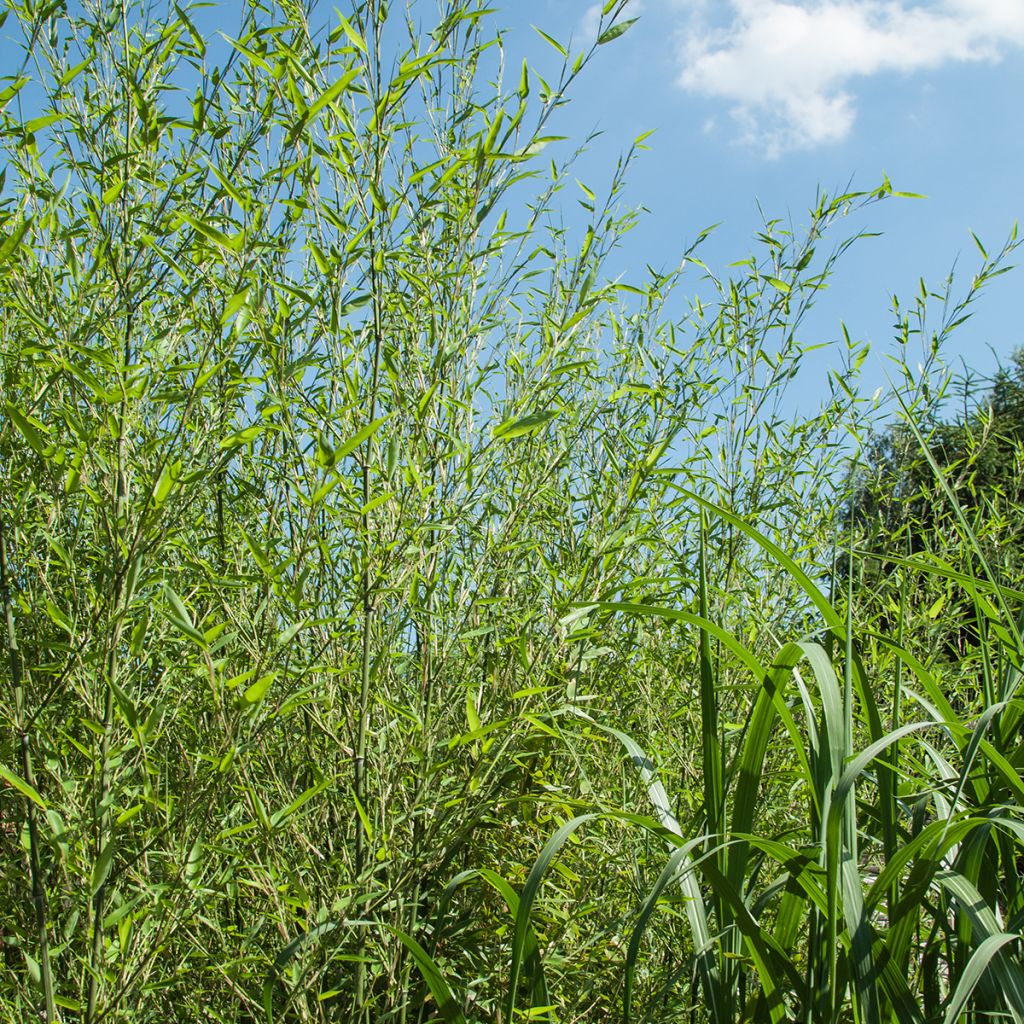

Phyllostachys bissetii - Bamboo
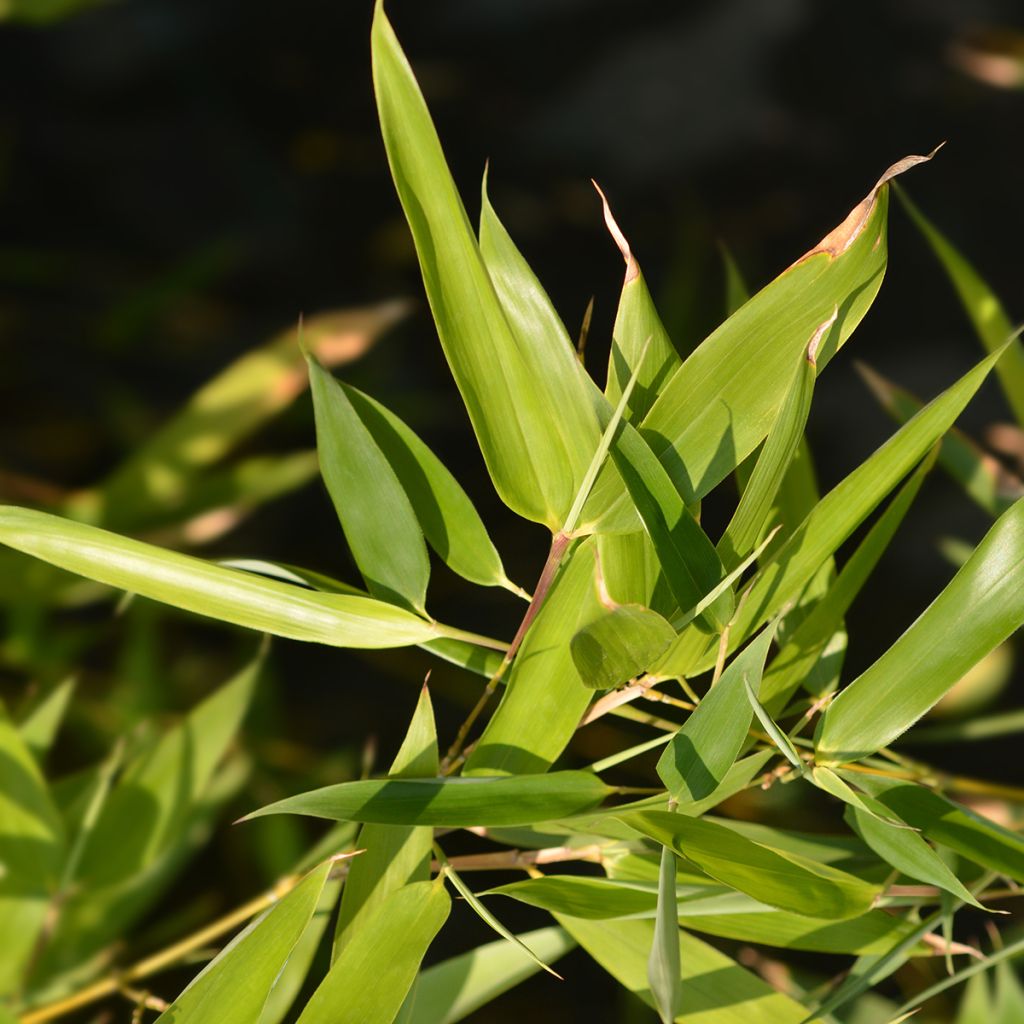

Phyllostachys bissetii - Bamboo
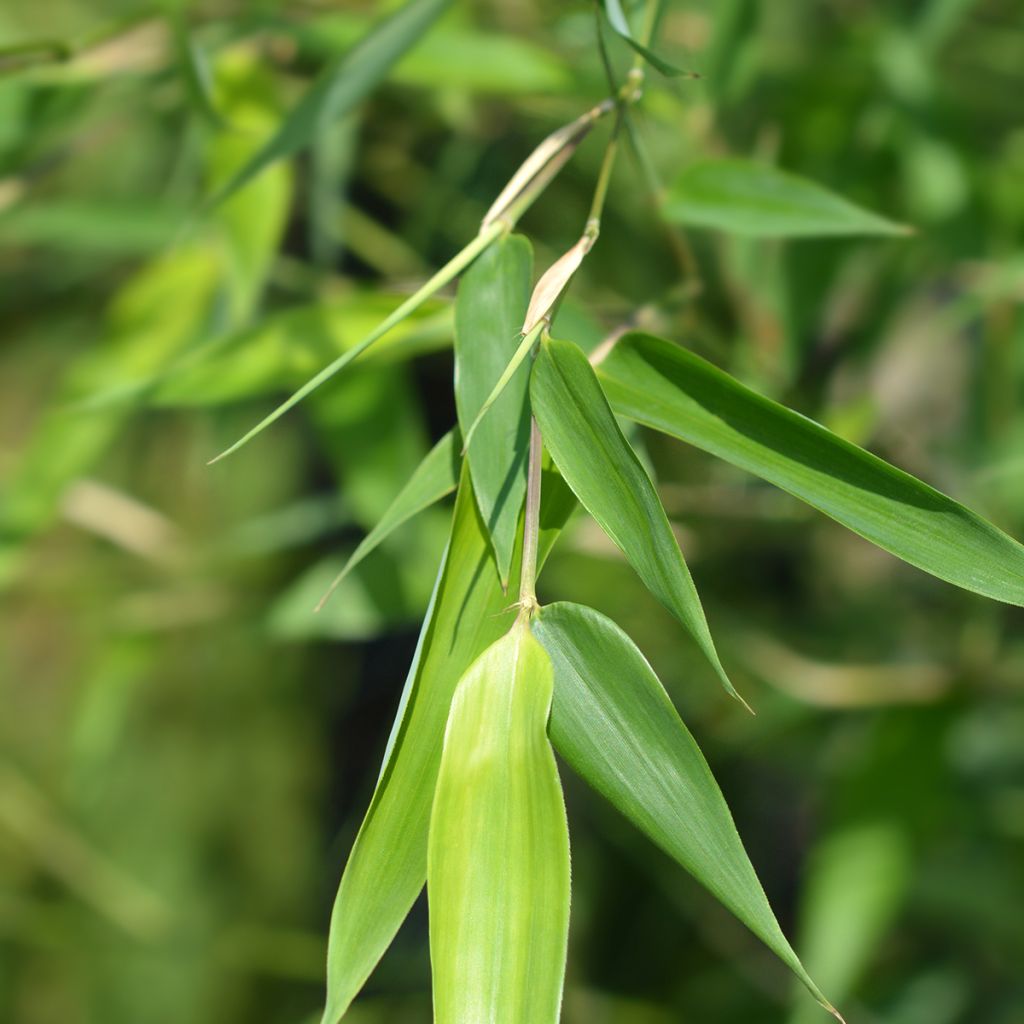

Phyllostachys bissetii - Bamboo
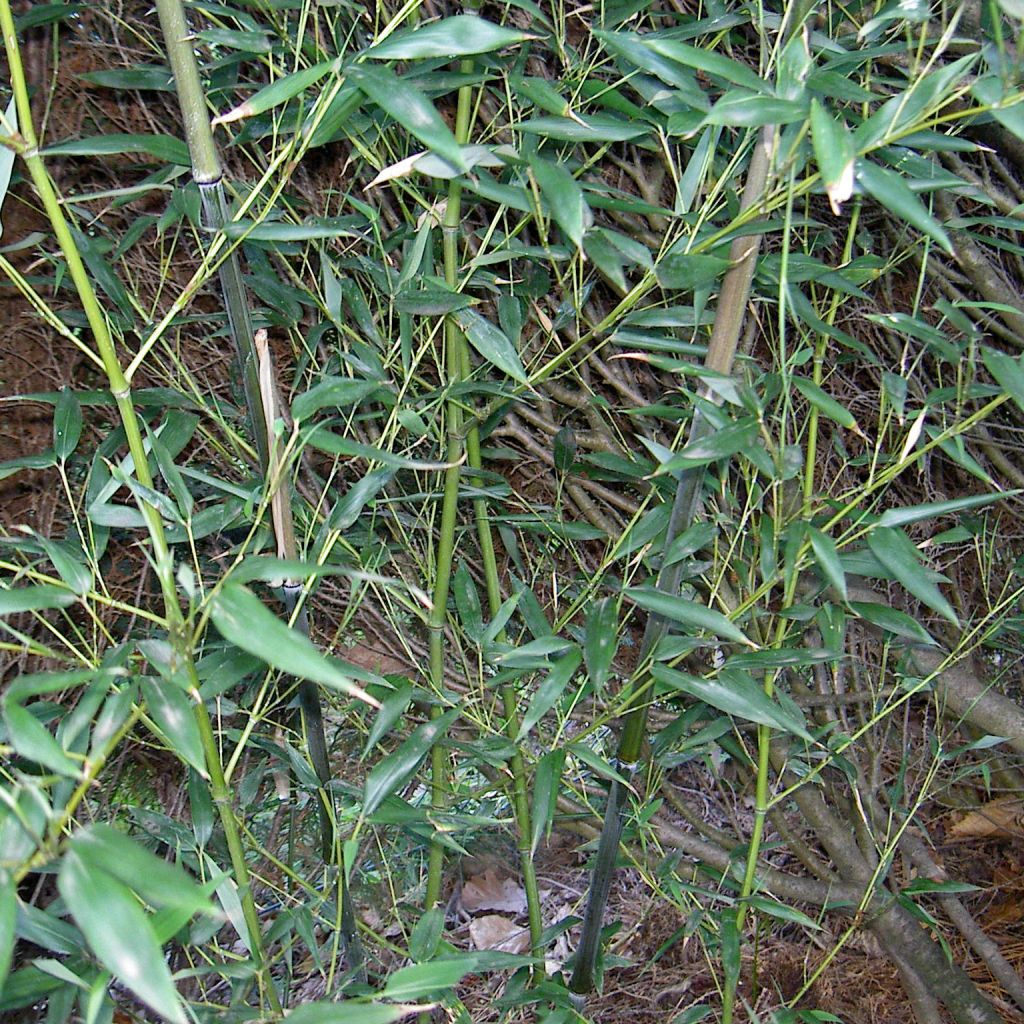

Phyllostachys bissetii - Bamboo
Phyllostachys bissetii - Bamboo
Phyllostachys bissetii
Bambou bisseti
Special offer!
Receive a €20 voucher for any order over €90 (excluding delivery costs, credit notes, and plastic-free options)!
1- Add your favorite plants to your cart.
2- Once you have reached €90, confirm your order (you can even choose the delivery date!).
3- As soon as your order is shipped, you will receive an email containing your voucher code, valid for 3 months (90 days).
Your voucher is unique and can only be used once, for any order with a minimum value of €20, excluding delivery costs.
Can be combined with other current offers, non-divisible and non-refundable.
Home or relay delivery (depending on size and destination)
Schedule delivery date,
and select date in basket
This plant carries a 24 months recovery warranty
More information
We guarantee the quality of our plants for a full growing cycle, and will replace at our expense any plant that fails to recover under normal climatic and planting conditions.

Does this plant fit my garden?
Set up your Plantfit profile →
Description
Phyllostachys bissetii is a medium-sized bamboo, valued for its adaptation to the most rigorous climates. It is a very dense species, with lush green foliage, sought after for creating privacy and windbreak hedges, as well as for sound attenuation.
Phyllostachys bissetii is a rhizomatous plant from the Poaceae family, native to cold regions of eastern and central China. It has a slightly drooping habit. The stems (canes) of Phyllostachys bissetii are numerous and closely spaced, with intense medium green colouration that turns olive green. They measure 2 cm to 3cm (0.8 in to 1.2 in) in diameter and reach 6 m to 8 m (19.7 ft to 26.2 ft) in height. The young stems are covered with a white bloom that quickly disappears. They bear a beautiful very dense evergreen foliage, which is rather small at 9 cm (3.5 in) long and 1.5 cm (0.6 in) wide. The foliage is green and glossy on the upper side and bluish-green on the underside. The foliage extends all the way to the ground, making it suitable for creating very dense hedges.
Perfectly suited for container cultivation, it is easily pruned. It is a running bamboo. Its growth occurs along a powerful rhizome, so the installation of a root barrier will allow you to control its spread. Planted at the back of borders, it will quickly grow to provide a private screen while adding an exotic touch to your garden. By keeping it at 2 m or 3 m (6.6 ft to 9.9ft) in height, it will quickly form an impenetrable hedge. Bamboos pair well with shrub peonies, hydrangeas (Annabelle, Fraise Melba, quercifolia), or tall Dahlia imperialis. Don't forget that bamboo doesn't like drought, so water it regularly. To showcase it, plant it in a grove on the outskirts of a wood or as a standalone specimen.
Phyllostachys bissetii owes its species name to David Bisset, who was the first gardener to introduce this bamboo from the Sichuan province and acclimate it in a bamboo garden in Savannah, United States, in 1941. In China, this species is used, among other things, in the production of cooking baskets.
Phyllostachys bissetii - Bamboo in pictures
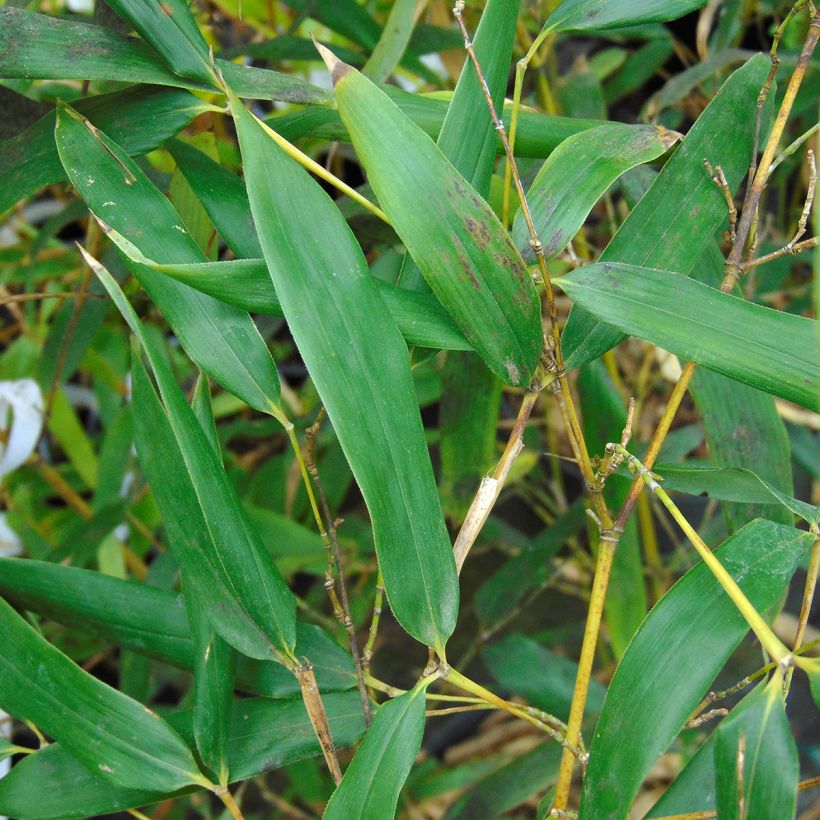

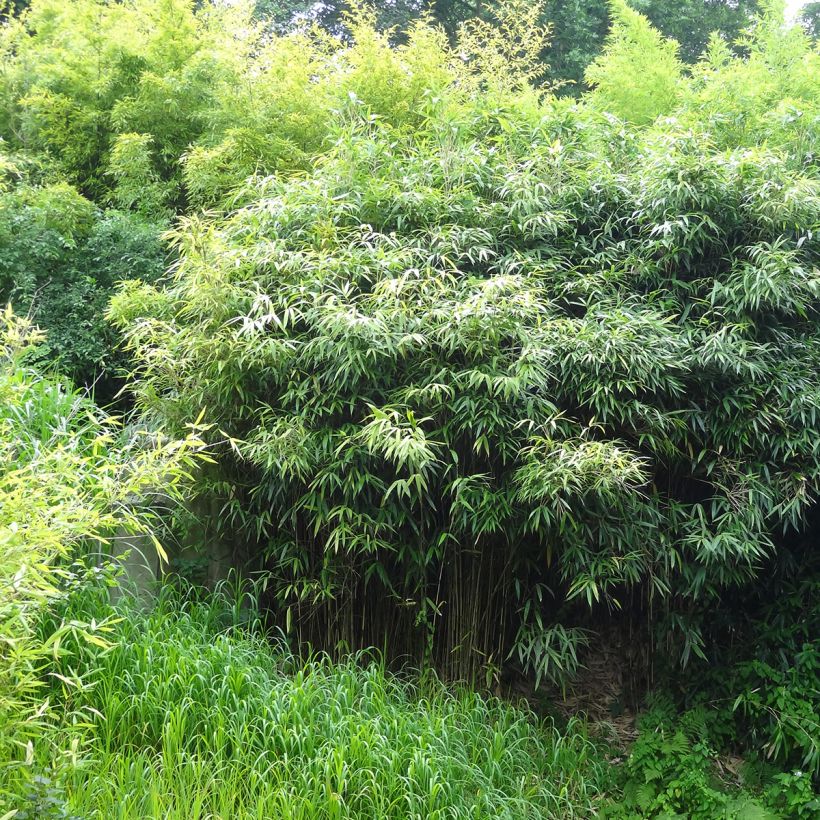

Plant habit
Foliage
Botanical data
Phyllostachys
bissetii
Poaceae
Bambou bisseti
China
Other Spreading Bamboo
View all →Planting and care
Plant Phyllostachys bissetii at the end of summer and during autumn. Leave a distance of 1m (3.3 ft) to 1.40m (3.3 ft) between each plant when planting in hedges. This bamboo is not demanding in terms of soil type, but it thrives in cool, well-drained soil with minimal limestone. It grows well in any exposure. To limit the spread of your Phyllostachys bissetii and prevent it from taking over your entire garden, use a rhizome barrier to define its extension area. Extend the barrier up to 5cm (2 in) above the soil surface. This will prevent excessive rhizome proliferation. In winter, the stubble of this bamboo appears dry and the leaves quickly wither and fall off. Do not assume it is dead. New leaves reappear in March, and new shoots emerge from the soil in summer. For successful growth, add a mixture of 1/3 garden soil and 2/3 compost to the planting hole. Water during the growing season as bamboo thrives in moist conditions.
Planting period
Intended location
Care
Planting & care advice
-
, onOrder confirmed
Reply from on Promesse de fleurs
Similar products
Haven't found what you were looking for?
Hardiness is the lowest winter temperature a plant can endure without suffering serious damage or even dying. However, hardiness is affected by location (a sheltered area, such as a patio), protection (winter cover) and soil type (hardiness is improved by well-drained soil).

Photo Sharing Terms & Conditions
In order to encourage gardeners to interact and share their experiences, Promesse de fleurs offers various media enabling content to be uploaded onto its Site - in particular via the ‘Photo sharing’ module.
The User agrees to refrain from:
- Posting any content that is illegal, prejudicial, insulting, racist, inciteful to hatred, revisionist, contrary to public decency, that infringes on privacy or on the privacy rights of third parties, in particular the publicity rights of persons and goods, intellectual property rights, or the right to privacy.
- Submitting content on behalf of a third party;
- Impersonate the identity of a third party and/or publish any personal information about a third party;
In general, the User undertakes to refrain from any unethical behaviour.
All Content (in particular text, comments, files, images, photos, videos, creative works, etc.), which may be subject to property or intellectual property rights, image or other private rights, shall remain the property of the User, subject to the limited rights granted by the terms of the licence granted by Promesse de fleurs as stated below. Users are at liberty to publish or not to publish such Content on the Site, notably via the ‘Photo Sharing’ facility, and accept that this Content shall be made public and freely accessible, notably on the Internet.
Users further acknowledge, undertake to have ,and guarantee that they hold all necessary rights and permissions to publish such material on the Site, in particular with regard to the legislation in force pertaining to any privacy, property, intellectual property, image, or contractual rights, or rights of any other nature. By publishing such Content on the Site, Users acknowledge accepting full liability as publishers of the Content within the meaning of the law, and grant Promesse de fleurs, free of charge, an inclusive, worldwide licence for the said Content for the entire duration of its publication, including all reproduction, representation, up/downloading, displaying, performing, transmission, and storage rights.
Users also grant permission for their name to be linked to the Content and accept that this link may not always be made available.
By engaging in posting material, Users consent to their Content becoming automatically accessible on the Internet, in particular on other sites and/or blogs and/or web pages of the Promesse de fleurs site, including in particular social pages and the Promesse de fleurs catalogue.
Users may secure the removal of entrusted content free of charge by issuing a simple request via our contact form.
The flowering period indicated on our website applies to countries and regions located in USDA zone 8 (France, the United Kingdom, Ireland, the Netherlands, etc.)
It will vary according to where you live:
- In zones 9 to 10 (Italy, Spain, Greece, etc.), flowering will occur about 2 to 4 weeks earlier.
- In zones 6 to 7 (Germany, Poland, Slovenia, and lower mountainous regions), flowering will be delayed by 2 to 3 weeks.
- In zone 5 (Central Europe, Scandinavia), blooming will be delayed by 3 to 5 weeks.
In temperate climates, pruning of spring-flowering shrubs (forsythia, spireas, etc.) should be done just after flowering.
Pruning of summer-flowering shrubs (Indian Lilac, Perovskia, etc.) can be done in winter or spring.
In cold regions as well as with frost-sensitive plants, avoid pruning too early when severe frosts may still occur.
The planting period indicated on our website applies to countries and regions located in USDA zone 8 (France, United Kingdom, Ireland, Netherlands).
It will vary according to where you live:
- In Mediterranean zones (Marseille, Madrid, Milan, etc.), autumn and winter are the best planting periods.
- In continental zones (Strasbourg, Munich, Vienna, etc.), delay planting by 2 to 3 weeks in spring and bring it forward by 2 to 4 weeks in autumn.
- In mountainous regions (the Alps, Pyrenees, Carpathians, etc.), it is best to plant in late spring (May-June) or late summer (August-September).
The harvesting period indicated on our website applies to countries and regions in USDA zone 8 (France, England, Ireland, the Netherlands).
In colder areas (Scandinavia, Poland, Austria...) fruit and vegetable harvests are likely to be delayed by 3-4 weeks.
In warmer areas (Italy, Spain, Greece, etc.), harvesting will probably take place earlier, depending on weather conditions.
The sowing periods indicated on our website apply to countries and regions within USDA Zone 8 (France, UK, Ireland, Netherlands).
In colder areas (Scandinavia, Poland, Austria...), delay any outdoor sowing by 3-4 weeks, or sow under glass.
In warmer climes (Italy, Spain, Greece, etc.), bring outdoor sowing forward by a few weeks.






























